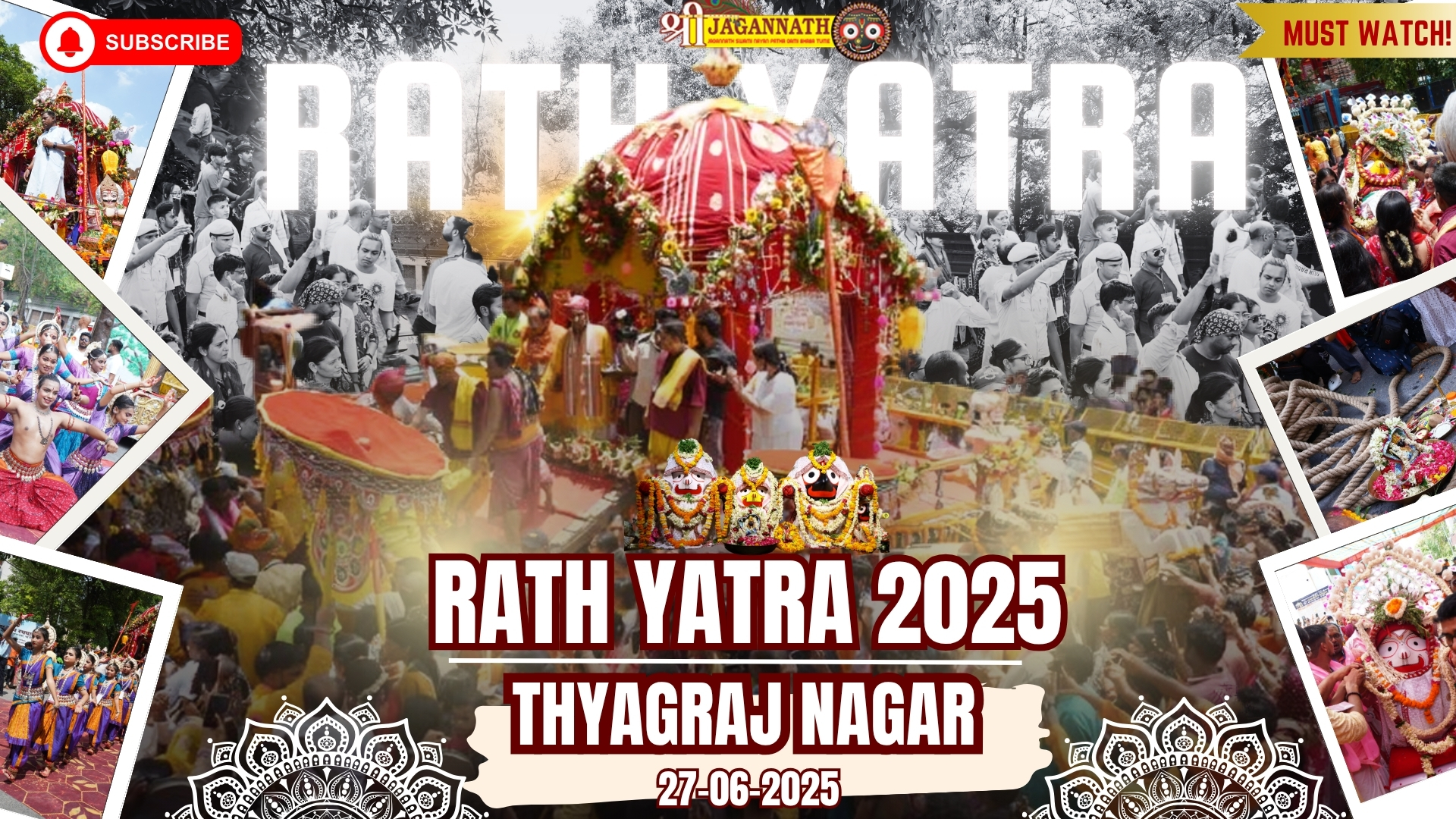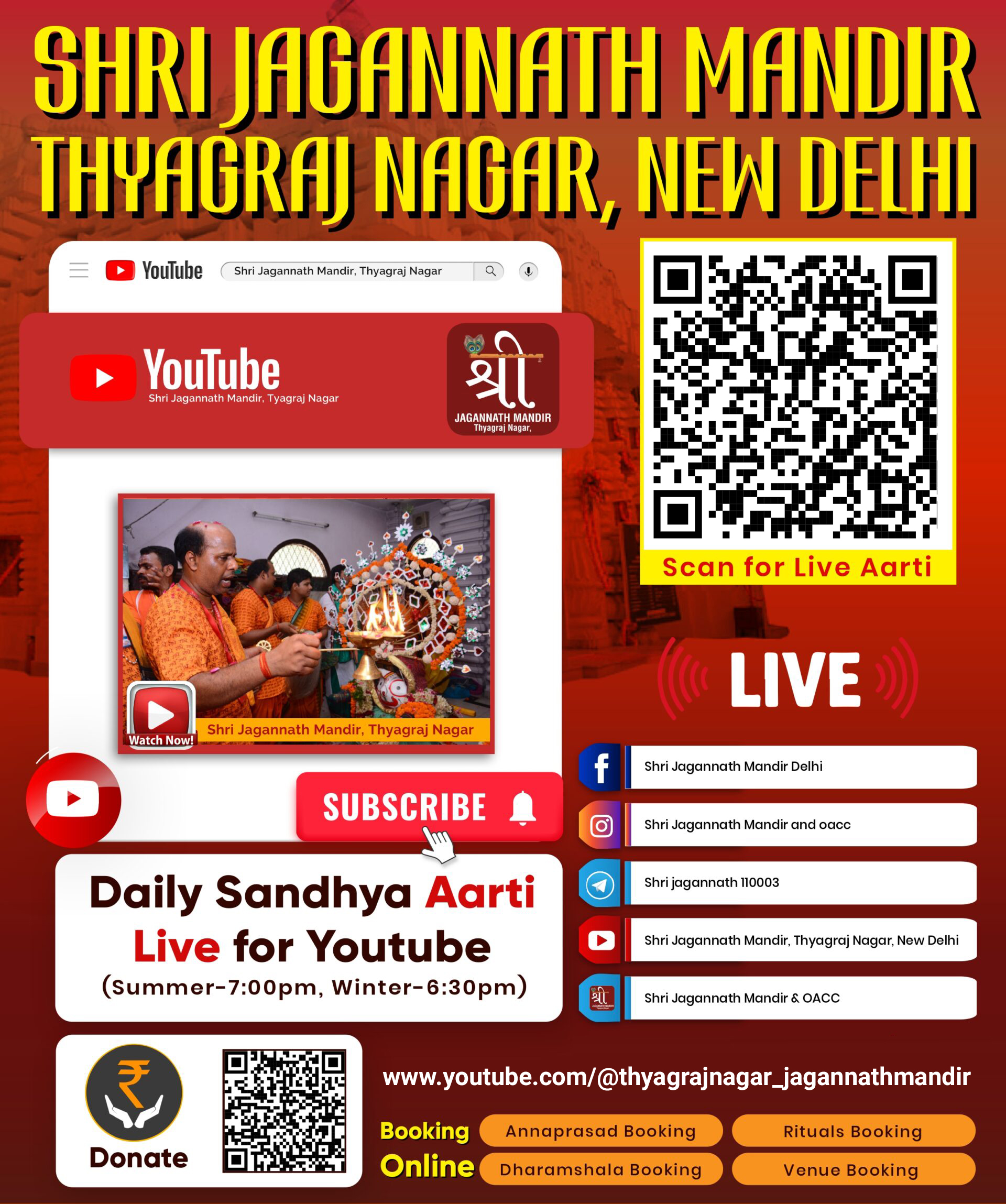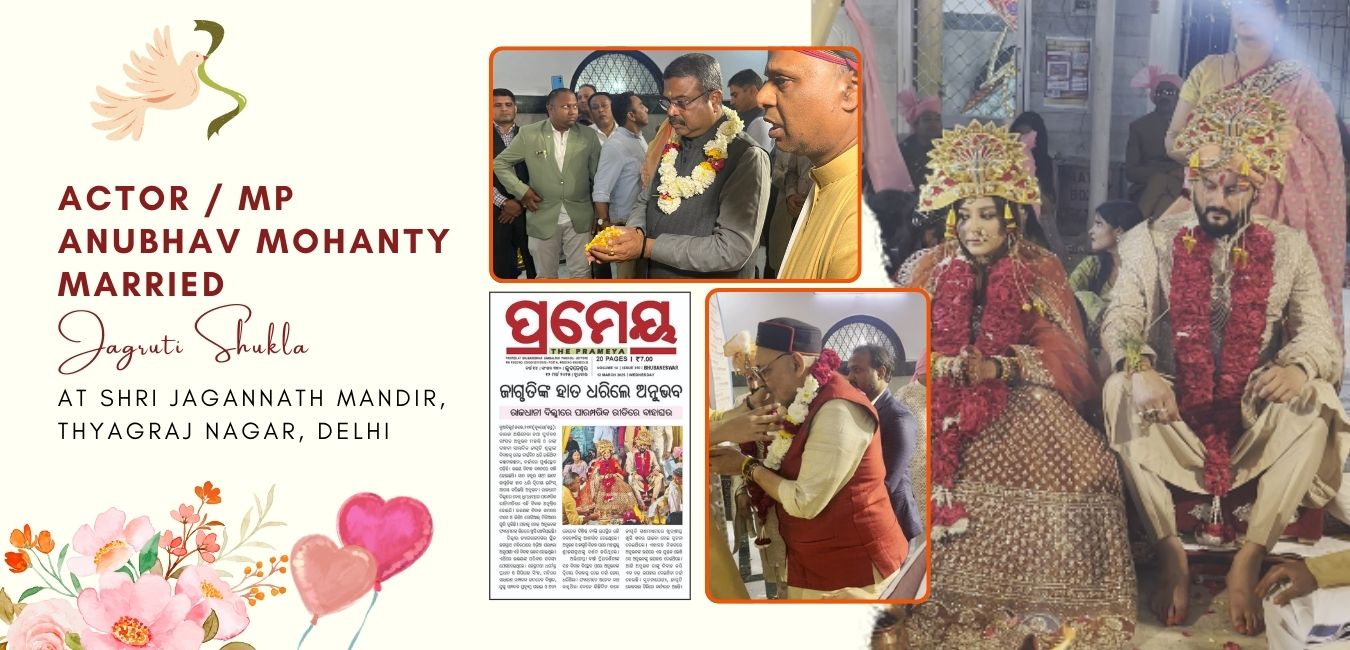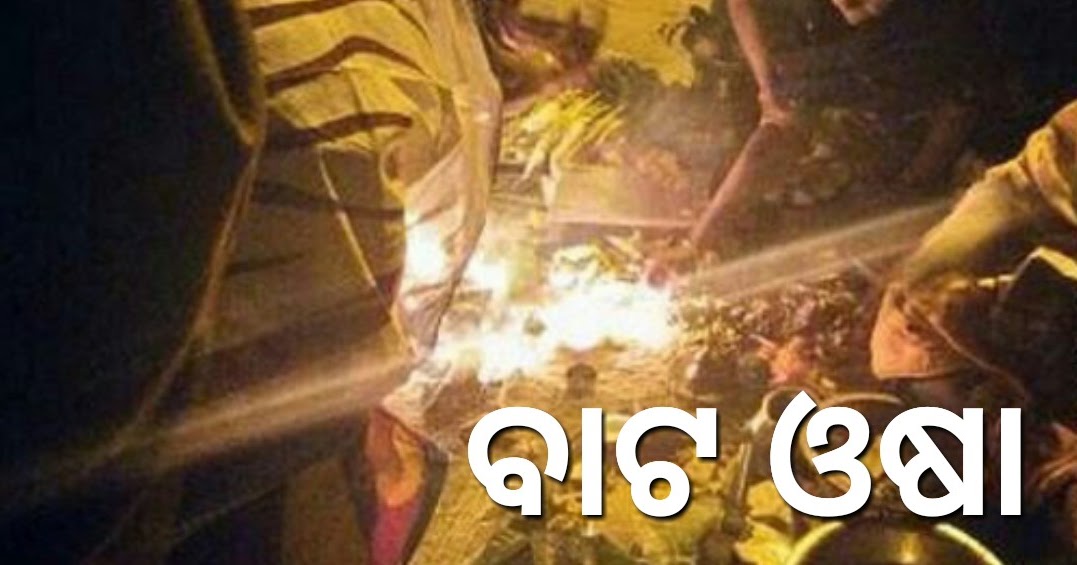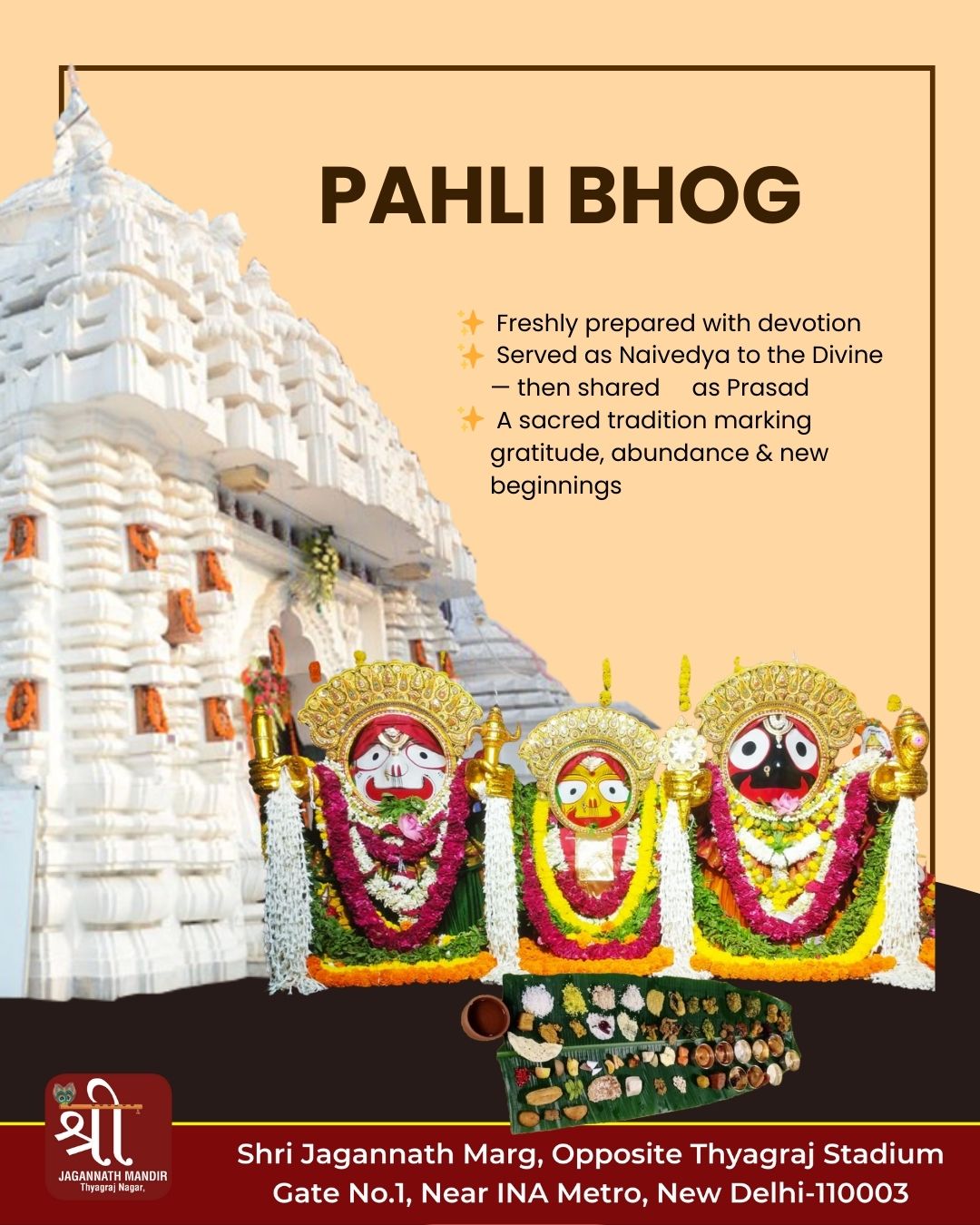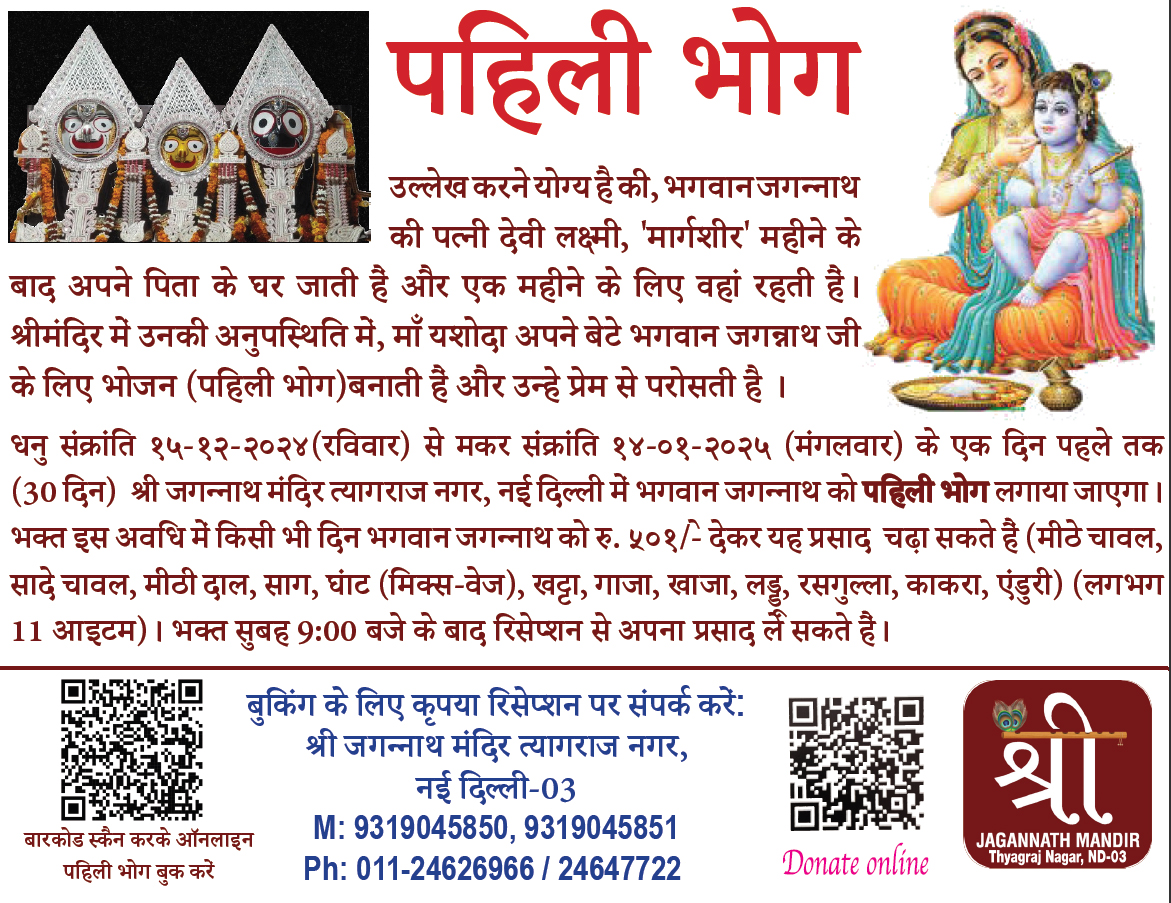Ratha Yatra (also called as Car Festival or Chariot Festival) is a Hindu festival associated with Lord Jagannath held at Puri in the state of Odisha, India. It is the oldest Ratha Yatra taking place in India and the World, whose descriptions can be found in Brahma Purana, Padma Purana, and Skanda Purana and Kapila Samhita.
This annual festival is celebrated on Ashadha Shukla Paksha Dwitiya (second day in bright fortnight of Ashadha month).
The festival commemorates Jagannath’s annual visit to Gundicha Temple via Mausi Maa Temple (maternal aunt’s home) near Saradha Bali, Puri.
Ratha Jatra, the Festival of Chariot: Chariots of Shri Jagannath is celebrated every year at Puri, the temple town in Odisha, on the second (dwitiya) day of shukla pakhya (waxing cycle of the moon) of Ashadha Maasa (3rd month in Lunar Calendar). The presiding deities of the Jagannath Temple, Puri’s main temple, Lord Jagannath, Lord Balabhadra and Goddess Subhadra, with the celestial wheel (Sudarshana Chakraare removed from the temple in a ceremonial procession to their chariots. The huge, colourfully decorated chariots are drawn by multitude of devotees on the bada danda, the grand avenue to the Gundicha Temple (Gundicha – King Indradyumna’s Queen), two miles away to the North. On the way the chariot of Lord Jagannatha, Nandighosa (ନନ୍ଦିଘୋଷ) waits near the crematorium of Bhakta Salabega (ଭକ୍ତ ସାଲବେଗ) a Muslim devout to pay him tribute.
On their way back from the Gundicha Temple, the three deities stop for a while near the Mausi Maa Temple (Aunt’s abode) and have an offering of the Poda Pitha, which is a special type of pancake supposed to be the Lord’s favourite. After a stay for seven days, the deities return to their abode.
The three chariots of Jagannath, Balabhadra and Subhdra are newly constructed every year with wood of specified trees like phassi, dhausa, etc. They are customarily brought from the ex-princely state of Dasapalla by a specialist team of carpenters who have hereditary rights and privileges for the same. The logs are traditionally set afloat as rafts in the river Mahanadi. These are collected near Puri and then transported by road.
The three chariots are decorated as per the unique scheme prescribed and followed for centuries stand on the Bada Danda, the Grand Avenue. The chariots are lined across the wide avenue in front of the temple close to its eastern entrance, which is also known as the Sinhadwara or the Lion’s Gate.
Around each of the chariots are nine Parsva devatas, painted wooden images representing different deities on the chariots’ sides. Each chariot has a charioteer (Sarathi) and four horses.




